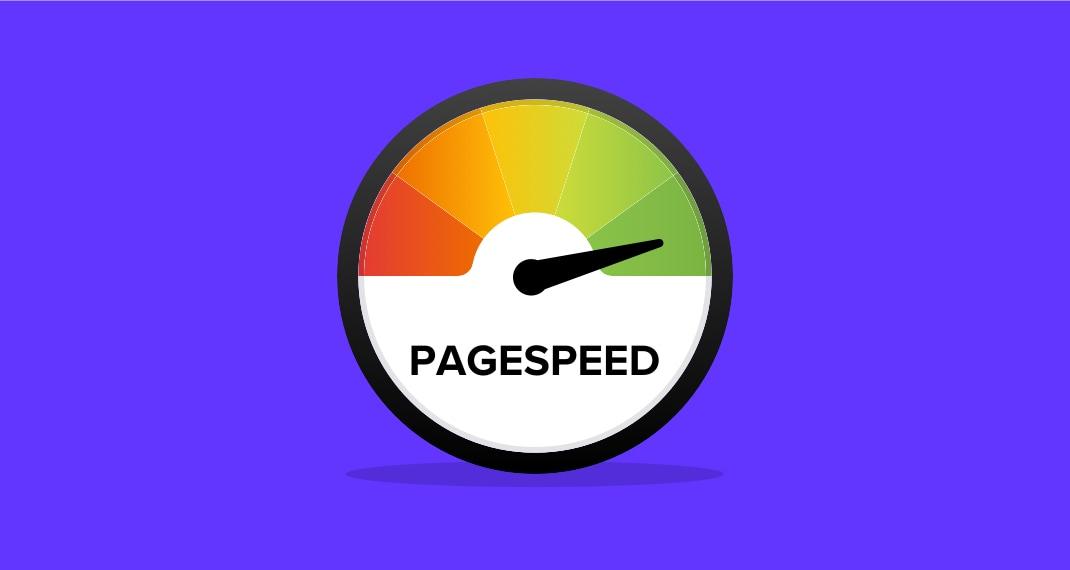Start Your Engines: The Effect of Page Speed on Website Performance
Published by Spinutech on October 27, 2020

Users expect to access digital content quickly. How quickly? Research from Google found that 53% of mobile users will abandon a site after three seconds. That’s pretty quick. And that mobile experience is key. We know that Google uses a mobile-first index in their ranking algorithm and the number of users searching, watching, and shopping on their phones continues to increase.
Poor page speed causes users to leave, negatively impacting traffic, bounce rate, conversions, SERP rankings, and user experience.
So what can you do to make sure your site is optimized for peak performance?
Start with a Page Speed Test
To get the full picture of your website’s performance, start with an assessment of your current situation. Some pages of your website, like the homepage for instance, might have more content and features on them, which makes them load slower than others. That’s why page speed looks at the speed of a particular page, while site speed considers the domain in its entirety.
There are a number of free page speed tools available, like WebPageTest, Google PageSpeed Insights, or Google Lighthouse, which provide a current speed score of a page on your website as well as recommendations for areas of improvement. With a baseline score and a checklist in hand, you can begin to make the necessary adjustments to help your site perform better.
Prioritize Opportunities
Don’t let the checklist overwhelm you. Start by addressing the opportunities that require less effort, like optimizing images. (There are a number of tools available that will batch optimize your images.) Then work towards optimizations that require more effort. Just crossing off a few of those easier opportunities might improve the site speed score dramatically.
Page Speed Optimizations
There are a number of factors that can influence how quickly a site loads for a user that you have no control over, like the strength of their internet connection or the device being used. However, there are an equal number of elements you do have control over, like the way your site uses images and scripts.
Every single element that is used on a page, from the graphics users see on the front-end to the tracking codes running on the back-end, adds “weight” to a page. If you picture a hiker climbing to the top of a hill as the time it takes for a page to load, and each of those page elements as an item going into a backpack they must carry up that hill, you can imagine how quickly that backpack will start to slow them down and how long it might take them to start from the bottom and make the trip over and over again.
That’s why we develop our websites to be as “light” as possible by selectively incorporating only what is needed for a page. That might entail using only the necessary scripts and CSS and consolidating where possible, lazy loading page elements to speed up the initial page load, resizing and compressing images, or using caching mechanisms.
User-First Design
Poor page speed can lead to a negative user experience. A user-first website considers the user in every regard, including accessibility, design, and yes, page speed, in order to produce an ideal experience. That’s why our designers and developers focus on creating user-centered websites.
A responsive website with optimized images, text, and icons that all scale appropriately to the screen size of the user considers the many types of devices they may be using. Not only does this lead to a more intuitive site and enhanced user experience, but it also positively impacts your site’s SEO value as responsive sites tend to load faster than mobile-only sites.
The Bottom Line
The effects of page speed are intertwined with the SEO value of your site as well as user experience, and all of it impacts your bottom line. When it comes to site performance, slow and steady will lose you customers. Start optimizing the page speed of your site to boost performance and conversions.